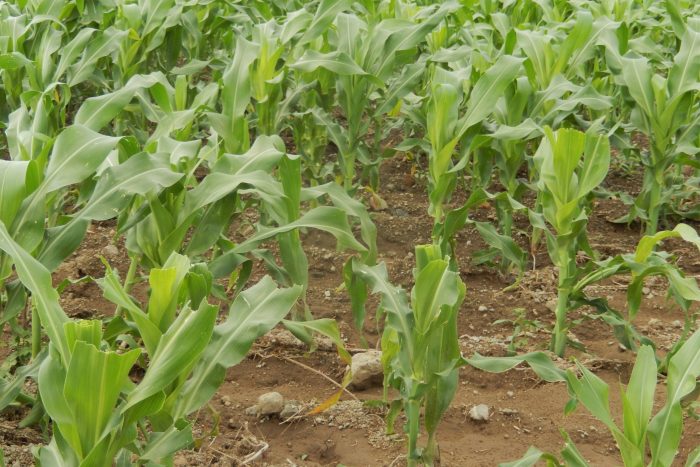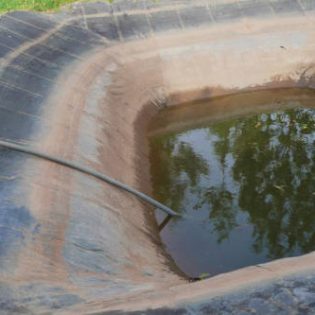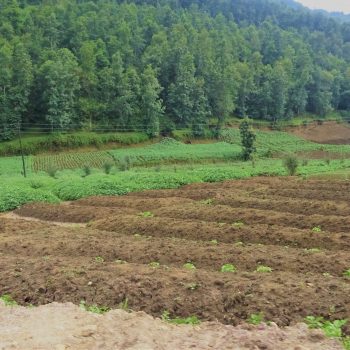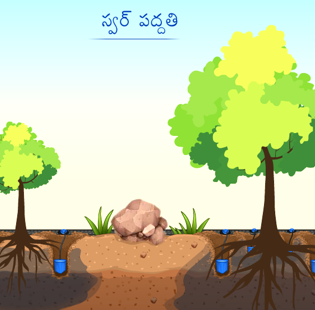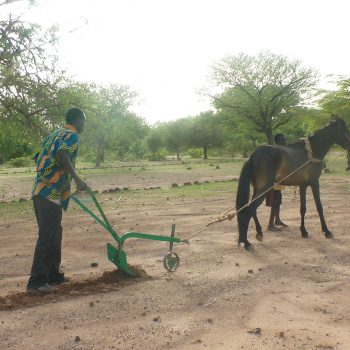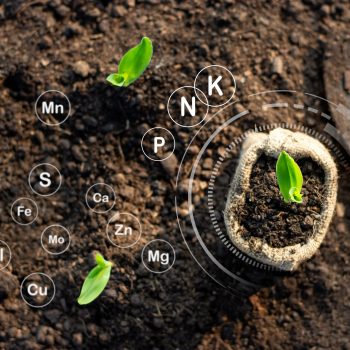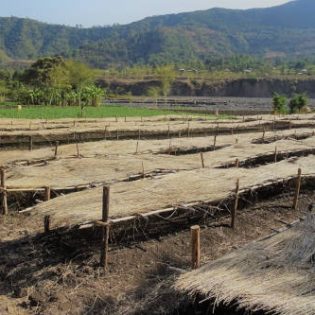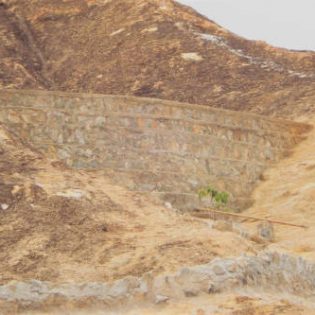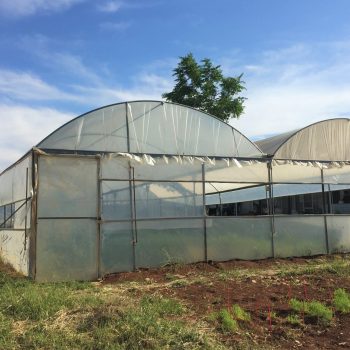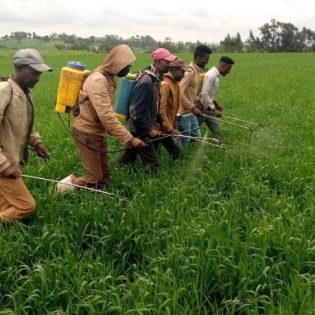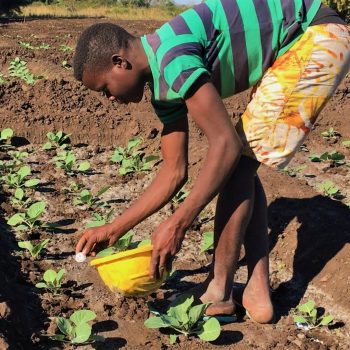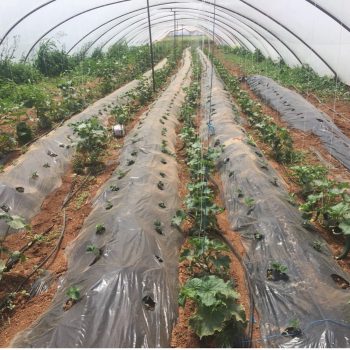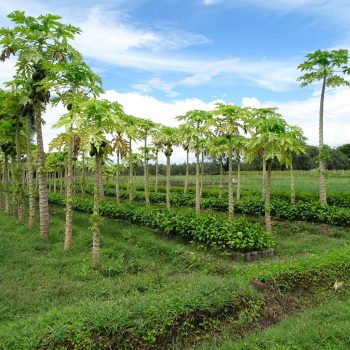| Crop varieties can be classified into two broad categories by the way in which their characteristic properties were developed: traditional varieties and improved varieties. Traditional varieties (also known as landraces, local varieties or farmers’ varieties) were selected by farmers over many generations for their special characteristics, and normally are well adapted to the natural and cultural environment in which they are grown (drought, pest, disease tolerance). Improved or modern varieties are those obtained after a systematic and scientific process of selection and breeding (Fajardo Vizcayno et al., 2014). Plant breeders change the traits of plants in order to produce desired characteristics and increase their value. Increased crop yield is the primary aim of most plant breeding programmes. However, varieties were also developed to be more resilient to non-optimal conditions, be it as a cause of biotic stresses (pests and diseases) or abiotic stresses (nutrients, water, temperature, salinity) (Borgia et al., 2014). This kind of ‘smart breeding’ would allow crops to grow in new agricultural areas, be adapted to altered agricultural calendars (production outside traditional cropping periods or cropping lengths), as well as make them more resilient in places where climates are changing.
Global seed markets can offer a great diversity improved or modern varieties, small-scale farmers in many developing countries however have very limited access to those varieties and to the knowledge and required inputs associated with them. Selecting the most appropriate variety therefore is a consideration of natural conditions but particularly also farming contexts. Besides being low-cost and reusable traditional varieties may also offer the best bargain considering seed reusability and limited inputs required. If the local markets and or farmers have appropriate means (dry and cool) for storing seed, local varieties should be preferred. For crops such as maize or vegetables, for which in most parts of the world traditional (or local) varieties are not available, the general rule for selecting the right variety is to choose the ‘open-pollinated varieties’ (OPVs), because rather than hybrids, OPVs maintain the properties of the variety for several seasons (hence seed reusability) (Fajardo Vizcayno et al., 2014). When considering improved or modern varieties particularly the access to implements and inputs -the right tools, plant nutrition and associated skills and knowledge – needs to be taken into account. Because what shows is that in many areas of the world the potential yields of these varieties are often not achieved. In areas where this actual yield is 50% below the varieties potential, there is still sufficient scope to improve its yield and at the same time improve water productivity. Note: when yields are above 40–50% of their potential, however, yield gains come at a near proportionate increase in the amount of ET, thus incremental gains in water productivity become smaller as yields become higher.
|
Additional information
| Agriculture | Flood/spate irrigated, Irrigated, Rainfed (Crop) |
|---|
